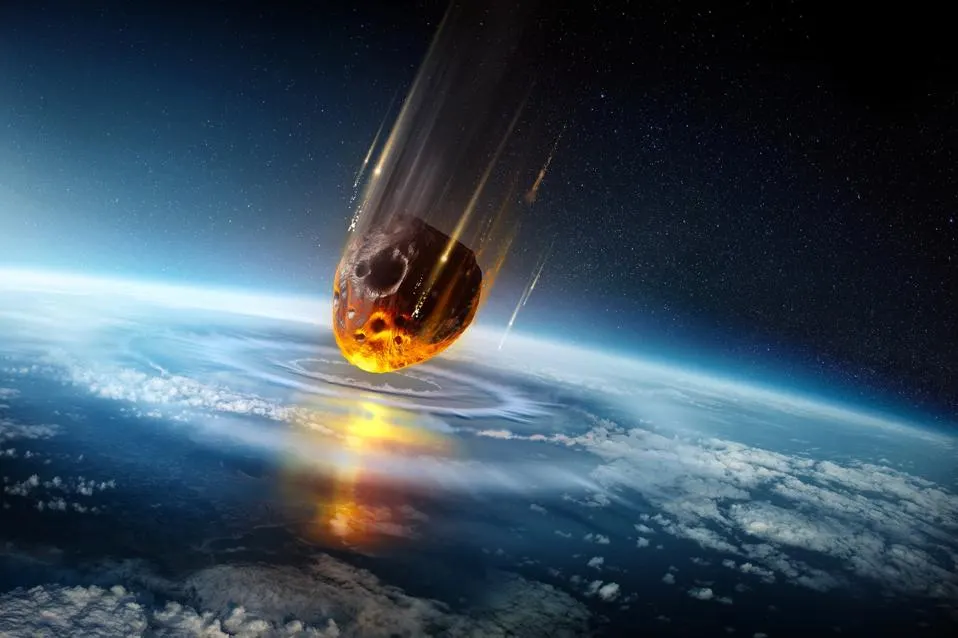By: Julian Naumann
As a group of asteroids hurtles through space, a close encounter with Earth is imminent.
On the week of June 27th, two massive asteroids—one large enough to wipe out entire civilizations— zipped near Earth. Fortunately, the asteroids weren’t near enough to eradicate our planet. The larger asteroid, (415029) 2011 UL21, had traveled more than 17 times farther away than the moon—4,061,300 miles—on Thursday at 4:14 p.m., Eastern Time. This asteroid was an astronomical 7,500 feet long. Depending on one’s location, they may even have had the opportunity to catch a glimpse of the asteroid using a telescope.
Despite the theories that these asteroids cannot impact Earth, another small asteroid, named 2024 MK, reached dangerously near Earth two days later. On Saturday, 9:49 am, this asteroid zipped near Earth at 75 percent of the distance from the Earth and the dangerously close Moon. If someone owned a normal telescope and the skies weren’t overcast, they could see this 400-850-foot rock zipping across space.
“The object [was] moving fast, so you [had to have] some skills to spot it,” said Juan Luis Cano, an associate of the Planetary Defense Office at the European Space Agency.
Stargazers, astronomers, or astrologers in the United States, especially those who reside farther in the southwest, may have caught the asteroid flying above the planet. Before dawn, those standing atop Hawaii’s Mauna Kea volcano were in a prime spot to witness the asteroid as it whizzed by. But according to Andrew Rivkin, a planetary astronomer at the Johns Hopkins University Applied Physics Laboratory, South Americans might have had the easiest time seeing it.
Occasionally, small space fragments or asteroids may have touched Earth’s atmosphere, forming an innocuous show in the sky. An asteroid size 2024 MK is less common among most asteroids. “Passes this close by things this big are rare but happen on decadal timescales — this [was] the third (that we know of) this century,” Dr. Rivkin said in an email.
In the future, on April 13, 2029, Apophis—a 1,100-foot-long asteroid—is hypothesized to fly fewer than 20,000 miles above Earth’s surface, closer than most geosynchronous satellites that orbit the planet. This means that the asteroid has a chance to be seen by the naked eye. Such close asteroids are useful for planetary-protection researchers, making it possible to pinpoint the location where the asteroid is heading.
“These measurements will reduce the uncertainties in their motion considerably and enable us to compute their trajectories further into the future,” said Lance Benner, the chief investigator of the asteroid radar research program at NASA’s Jet Propulsion Laboratory.











